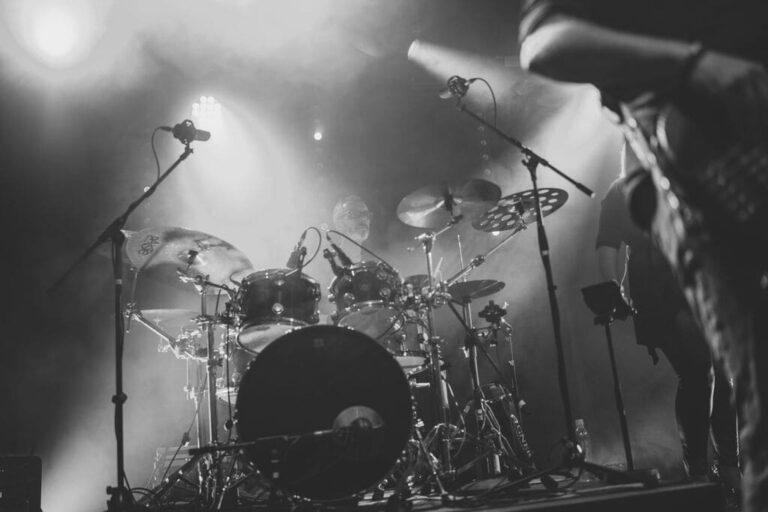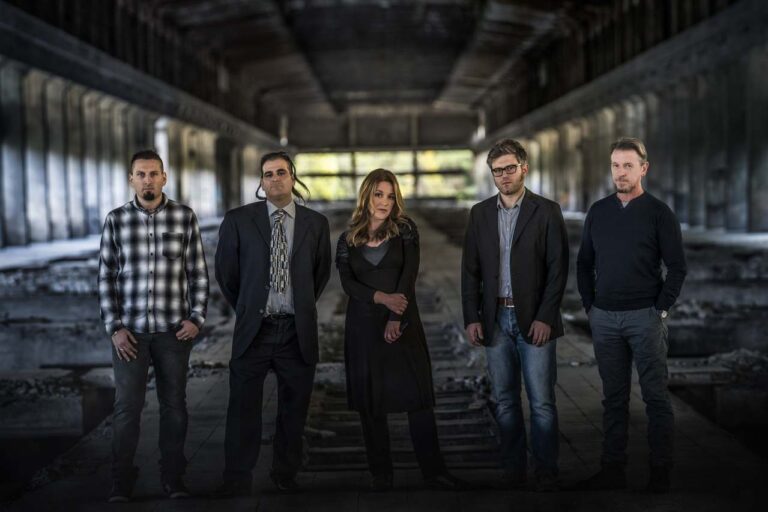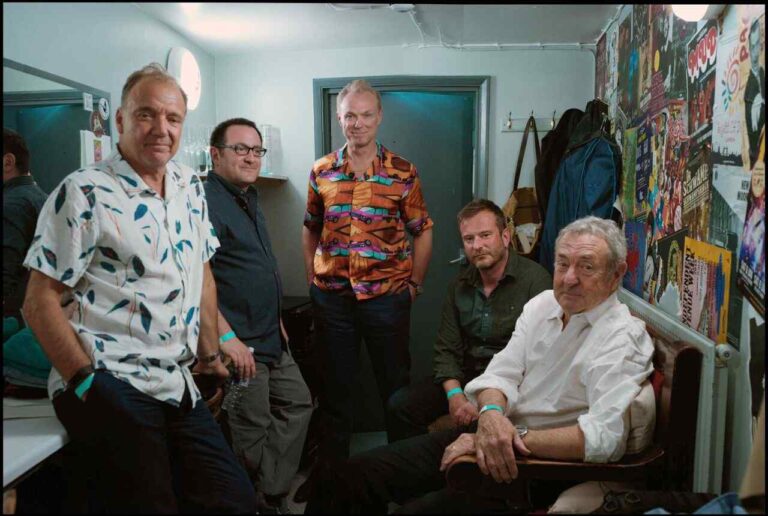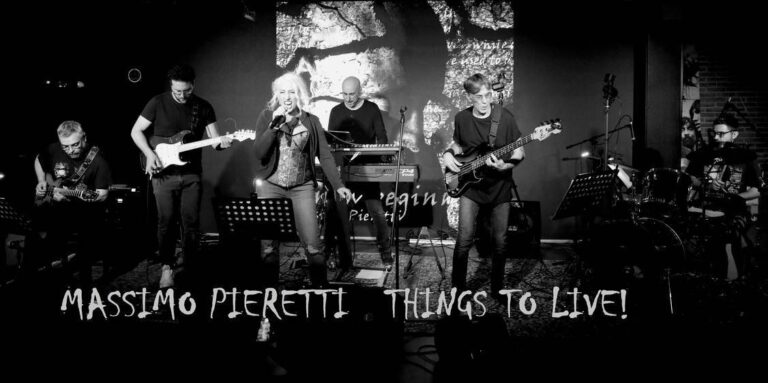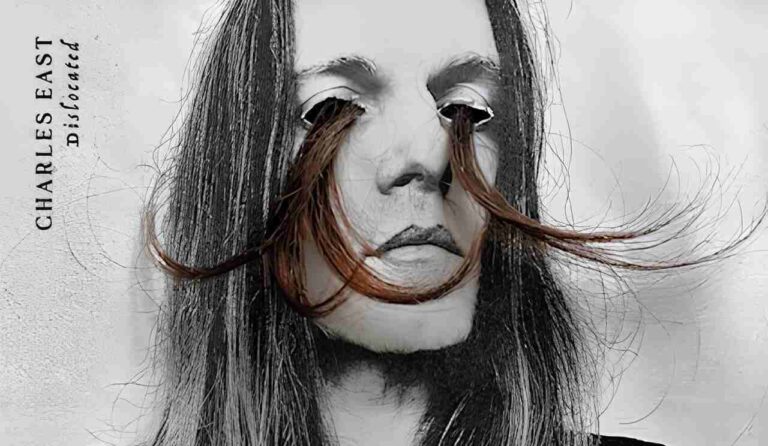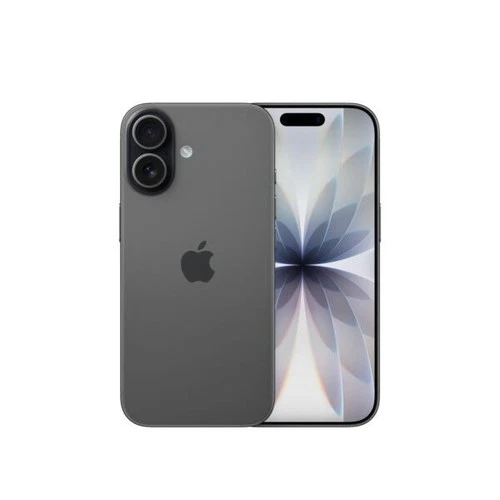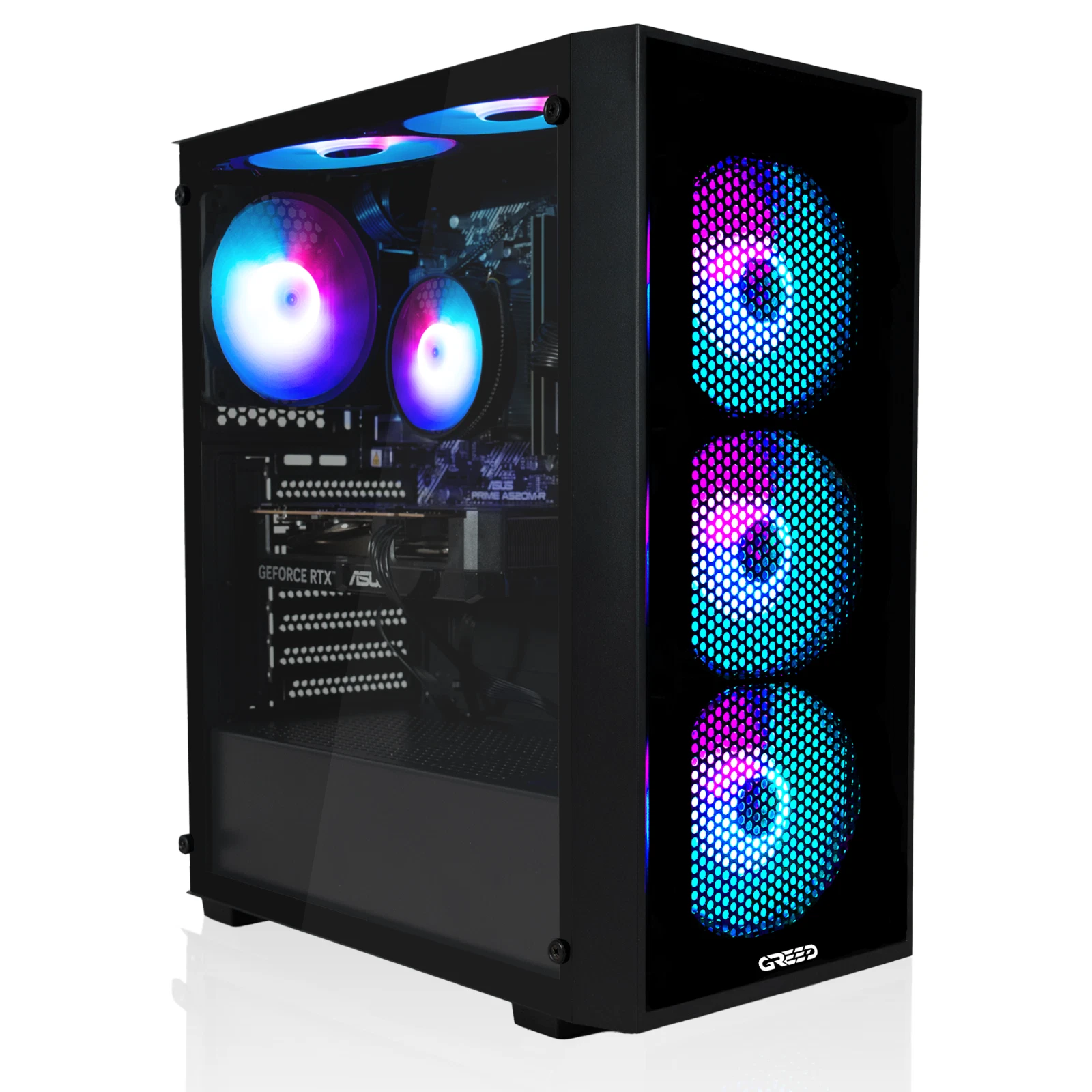UFO Club: il locale che ha lanciato i Pink Floyd e ha fatto la storia della psichedelia inglese
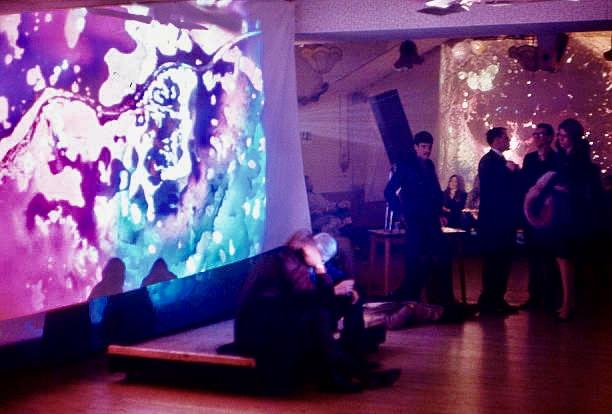
Il Club UFO ha lanciato i Pink Floyd (con Syd Barrett) diventando un punto di forza della scena musicale britannica.
Il Club UFO, sito a Londra, è stato il primo club psichedelico inglese. Fondato da Joe Boyd e John “Hoppy” Hopkins, era il club più cool di Londra. Sarebbe diventato una mecca d’incrocio culturale, fornendo al movimento psichedelico un luogo per stare in comune. Lì estranei con idee simili si sarebbero incontrati e mescolati con altri che la pensavano come loro. Mentre si immergevano tutti nella psichedelia. Il club si trovava nel pianterreno di un cinema al numero 31 di Tottenham Court. Arriva alle 10:30 pm e rimanendo aperto fino all’alba.
Un club all’avanguardia
Per entrare nel club dovevi camminare giù per una rampa di gradini e quindi attraverso una porta arrivare a vari giochi di luce proiettati attraverso la hall, utilizzando luci stroboscopiche e vetrini liquidi psichedelici. Così come film d’avanguardia, da sedici mm, cartoni animati… Tutto questo veniva proiettato sui muri, Nel frattempo l’audience gironzolava, chiacchierava o ballava. Qualcuno ondeggiava le braccia in aria tenendo in mano delle bacchette di incenso. Alcuni indossavano giacchette militari vintage o un abbigliamento ispirato all’epoca vittoriana, altri ancora erano gli stilisti di se stessi. Vestivano con stoffe colorate, stampe e qualsiasi altra cosa facesse moda all’epoca.
L’opening night nel 1966 con i Pink Floyd
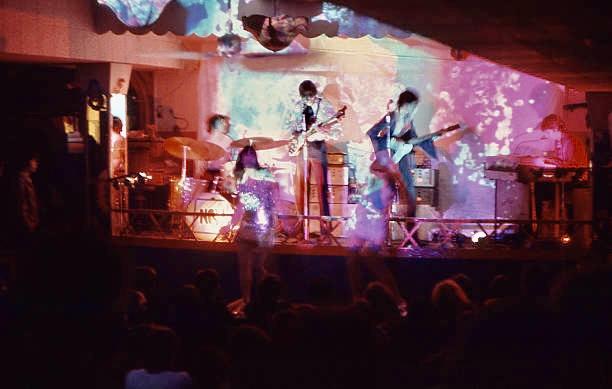
Nella opening night il 23 dicembre 1966 il club istituì una raccolta a favore dell’International Times (il primo giornale underground d’Europa) e per The London Free School (un progetto per l’istruzione degli adulti in comunità). I Pink Floyd tennero una performance di una versione extended del loro brano Interstellar Overdrive e anche i Soft Machine suonarono dal vivo. Fu inoltre proiettato un film di Marilyn Monroe insieme con una esibizione di karatè. Nel frattempo un certo numero di poeti, mimi, gruppi di ballerini e altri intrattenitori di tutti i tipi facevano divertire l’audience.
I Pink Floyd: una band unica
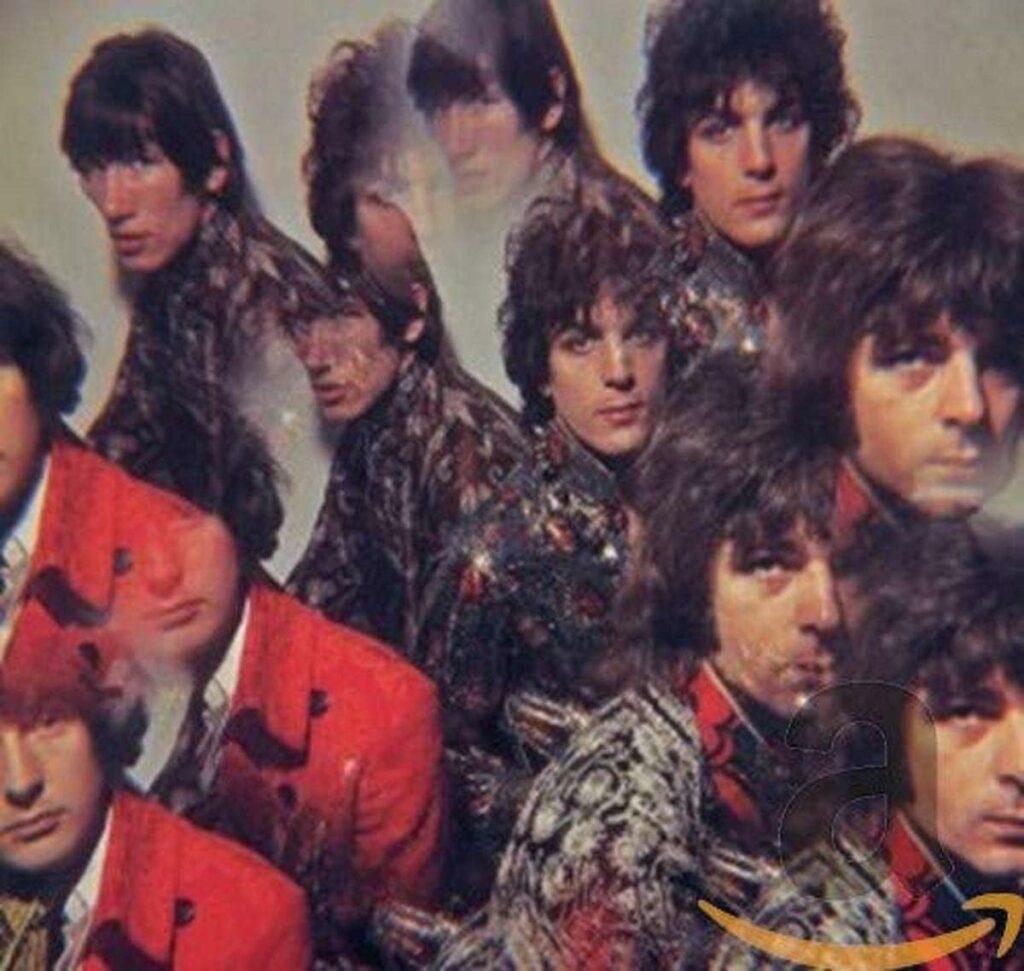
I Pink Floyd erano una band assolutamente unica, erano la definizione stessa della psichedelia. Avevano accumulato un seguito da culto all’interno dell’ancora piccolo ma crescente movimento psichedelico. Attraverso una serie di apparizioni suonando accompagnati da uno show di luci psichedeliche improvvisavano delle esibizioni lunghe e in libertà. Presentavano brani clamorosi come Interstellar Overdrive e Astronomy Domine. Loro incantavano l’audience con performance ipnotiche e pseudo sperimentali. Erano assolutamente superiori ai loro tanti colleghi.
In quel periodo nessun altro se non The Beatles fu innovativo come i Pink Floyd. Se non ti sentivi trascinato dalla loro musica significa che non la stavi ascoltando. Loro aprirono le porte a una percezione musicale fatta di collages a base di soundscape psichedelici.
Il “manifesto” dell’era psichedelica

Il loro album Pipers at the Gates of Dawn venne registrato in uno stile che combaciava perfettamente con l’era psichedelica. Musicalmente era incentrato intorno al non ortodosso lavoro di chitarra di Syd. Lui con i suoi tempi musicali alternativi intrisi di acid guitar e gli inquietanti riff alle tasitere di di Richard Wright. Inoltre, la considerevole sessione ritmica di Nick e Roger Waters con il suo fantasioso modo di suonare il basso. Sebbene Syd sia stato l’ultimo dei quattro ad unirsi ai Pink Floyd, la band ruotava intorno a lui. Era il lead vocalist era il chitarrista principale e scriveva le lyrics e la musica per tutte le canzoni. Inoltre Syd aveva dato il nome alla band. Inoltre Syd Barrett inventò il nome “Pink Floyd”.
Agli esordi della loro carriera fu lui a saltar fuori all’improvviso con un nome nuovo per la band. Questo nel periodo in cui i Pink Floyd erano conosciuti come Tea Set. Una volta vennero ingaggiati per suonare con un gruppo che aveva il loro stesso nome. Gli venne chiesto di cambiare il loro nome quindi avevano bisogno di trovarne un altro al volo. Syd guardò due albums che aveva con lui in quel momento e da lì gli venne l’idea. Prese il primo nome Pink dall’album di Pink Anderson e il secondo nome Floyd dall’album di Floyd Council. Mise le due cose insieme e venne fuori Pink Floyd, che sarebbe diventato conosciuto in tutto il mondo.
I Pink Floyd e i loro primi lavori discografici
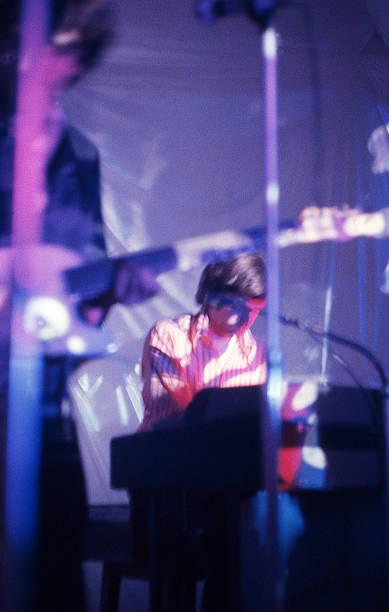
Syd Barrett l’anima creativa dei Pink Floyd
Syd fu un paroliere e un songwriter altamente creativo. Scrisse tutti i pezzi di The Pipers at the Gates of Dawn eccetto due, Pow R.Toc H. e Interstellar Overdrive.
Suonava la chitarra solista ed era il lead vocalist. Sebbene la sua eredità sia stata quella di songwriter, Syd fu considerato un chitarrista innovativo che usava tecniche creative non convenzionali. Era un bravissimo strumentista. Una volta a Peter King, uno dei manager dei Pink Floyd di quel periodo, descrisse Syd. Lui disse: “Syd era senza dubbio il cuore della band. Scriveva le canzoni, lui era il lead singer, lui era il primo chitarrista. Lui era il più bello. Lui era quello che tutti volevano. Syd era colui che tutti volevano intervistare. Se all’epoca volevi intervistare i Pink Floyd certamente volevi parlare con Syd”.
L’addio ai Pink Floyd
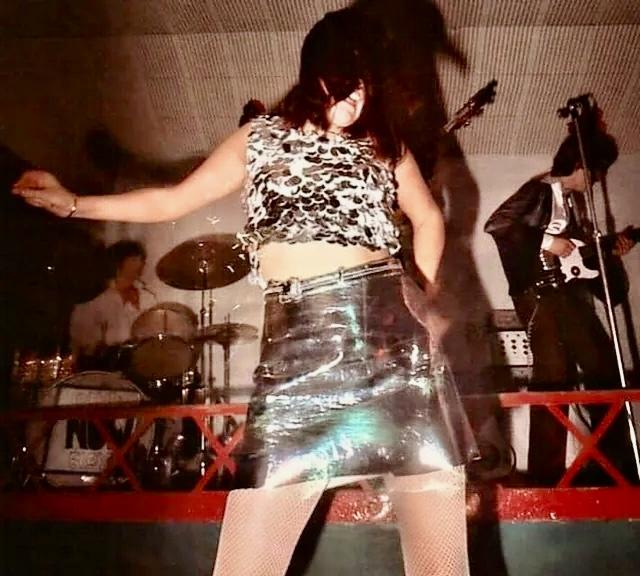
Successivamente Syd scrisse anche contributi non accredidati per il secondo album dei Pink Floyd A Saucerful of Secrets più parecchi altri pezzi che sarebbero stati pubblicati solo anni dopo. L’unica canzone accreditata a Syd di quell’album fu il suo ultimo addio. Si tratta di Jugband Blues.
Richard Wright apportò una parte di keyboards da sogno nel sound dei Pink Floyd aggiungendo anche un supporto di vocals e gli arrangiamenti musicali. I Pink Floyd non sarebbero stati mai i Pink Floyd senza di lui. I continui contributi di Richard nel catalogo dei Pink Floyd culminano nell’album The Dark Side of the Moon. Lì lui co scrisse la metà dei brani della tracklist e più tardi co scrisse due delle più grande hits dei Pink Floyd dopo l’era Syd Barret. Shine on You Crazy Diamond e Wish You Were Here. Successivamente contribuì nel periodo post Roger Waters scrivendo o co-scrivendo parecchie canzoni di Division Bell e The Endless River.
Nick Mason il perfetto batterista
Nick Mason era il perfetto batterista per i Pink Floyd. Non era un prodigio ma aveva un buon tocco, aveva inventiva, era stabile e affidabile. Suonava esattamente ciò che gli era richiesto per assicurare delle buone fondamenta alla musica dei Pink Floyd. Inoltre era attento a non mettere in ombra la band.
Roger Waters è conosciuto come un grandioso compositore ma fu davvero qualcosa di speciale come bassista. Era avventuroso, e aveva un curioso senso del tempo. Roger sarebbe diventato uno dei più influenti artisti nella storia della musica rock. In ogni modo il suo successo e alcune delle sue più grandi conquiste non sono state sue e soltanto sue. Sono state infatti dovute anche all’aiuto dei tre musicisti che aveva intorno nei Pink Floyd.
I Pink Floyd all’UFO Club
I Pink Floyd sarebbero apparsi all’UFO Club ben dieci volte prima che il locale si trasferisse dal 31 di Tottenham Court per rilocarsi al Roundhouse una sala più grande anch’essa a Londra. La seguente è una lista delle apparizioni dei Pink Floyd all’UFO Club e ciò che se n’è saputo al riguardo.
23 Dicembre I Pink Floyd si sono esibiti con l’opening act dei Soft Machine
30 dicembre Pink Floyd and Soft Machine fecero la loro seconda apparizione il venerdi successivo. Venne anche proiettato un film di Andy Warhol. Ma la grande notizia di quella notte fu l’arrivo della star del rock di Londra. Jimi Hendrix si fece vivo per vedere i Soft Machine suonare e salì on stage con loro per una jam con loro
13 Gennaio I Pink Floyd ebbero come support The Giant Sun Trolley. Il film maker Peter Whitehead riprese le performance. Alcune di esse apparirono nel video/dvd Pink Floyd/London 1966/1987
20 Gennaio la performance dei Pink Floyd venne filmata da Grenada Tv per il documentario “Underground Scene”.
27 Gennaio i Pink Floyd, la band di improvvisazione AMM, Aerogenius Chapter 2 più proiezione di un film di Bruce Conner
24 Febbraio Pink Floyd supportati dai The Brothers Grimm
3 Marzo Pink Floyd e Soft Machine
10 Marzo i Pink Floyd e la premiere del promo film del singolo Arnold Layne
2 Giugno. I Pink Floyd suonano all’UFO per raccogliere fondi per il co-fondatore del club, Joe Hoppy Hopkins dopo il suo arresto per possesso di droga.
28 Luglio i Pink Floyd suonano quella sera con i Fairport Convention con Judy Dyble che si esibisce per due set.
La location di Tottenham Court e gli altri gruppi
Numeroso altri gruppi si esibirono all’UFO Club a Tottenham Court. Il successo della location di Tottenham alla fine si sarebbe rivelato la sua sconfitta. Quel club, infatti, non era grande abbastanza per accogliere il sempre crescente numero di frequentatori. La maggior parte delle serate il locale avrebbe ospitato un grosso act ed erano fortunati se riuscivano a non perdere denaro. Ma la maggior parte delle questo volte accadeva. Tra alcuni dei nomi più apprezzati della location di Tottenham ci furono i Procul Harum con il loro pezzo A Whiter Shade of Pale. Il pezzo si piazzò al numero uno delle classifiche nel periodo in cui la band si esibì all’UFO Club.
UFO Club e The Jimi Hendrix Experience
The Jimi Hendrix Experience si esibì all’UFO Club il 19 Febbraio 1967 e quello fu certamente un momento clou per il club. Lo stesso accadde il 28 Aprile di quell’anno quando Jimi, acclamato a Londra, venne fuori dalla folla per unirsi ad una jam al basso con i Tomorrow. Tra le altre notevoli band che apparvero all’UFO Club nella location di Tottenham ci furono The Incredible String Band e The Crazy World of Arthur Brown. Quindi The Pretty Things, Family, Eric Burdon and The Animals, Fairport Convention, The Smoke, The Move e molti altri. Poco dopo i loro show a Tottenham Court, i Pink Floyd e Syd avrebbero preso strade separate. Ma questo ce lo lasciamo per la prossima volta…
The UFO Club: the place that “launched” Pink Floyd making the history of psichedelic era
The UFO Club, located in London, was England’s first psychedelic club. Founded by Joe Boyd and John ‘Hoppy’ Hopkins. It was the coolest club in London and would become a cross cultural mecca, providing the budding psychedelic movement, with a place, where strangers with similar ideals could meet and mingle with others with similar beliefs, while amercing themselves in psychedelia. The club was located in the basement of a Cinema located at 31 Tottenham Court. It opened at 10:30 pm and closed at dawn.
An avant guard club
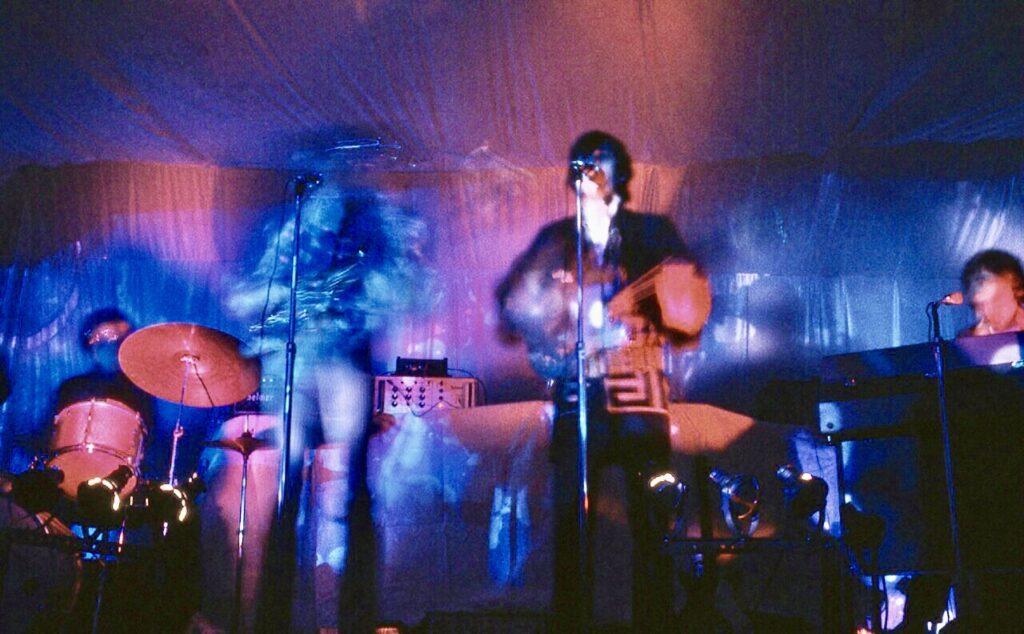
To get to the club you walked down a flight of steps and through a door, into a swirling light show projected throughout the hall, utilizing strobe lights and psychedelic liquid slides.
As sixteen millimeter avant-garde films, cartoons etc, were also being projected onto the walls. While the audience milled about, lounged around, or danced, some waving their arms in the air or waving incense sticks. Some wore vintage military jackets or Victorian era inspired clothing, others designed the clothes they wore, dressing in colorful patterns, prints, rich paisleys or anything else fashionable at the time.
The opening night on December 1966
On opening night, December 23,1966, the Club held a fundraiser, for the International Times (Europe’s first underground paper), and the The London Free School (A community adult education project). Pink Floyd would be performing an extended version of their song ‘Interstellar Overdrive’ and the Soft Machine would be opening for the m. A.
Marilyn Monroe movie would also be shown, along a karate exhibition, while a throng of poets, mimes, dance groups and other entertainers of all types mingled with and entertained the audience.
Pink Floyd: a truly unique band
Pink Floyd was a truly unique band. They were the definition of Psychedelia. And had accumulated a cult following among London’s small but growing psychedelic movement. Through a series of appearances, playing under cover of a trippy psychedelic light show, performing lengthy free flowing improvisations of such ground breaking songs as Interstellar Overdrive and Astronomy Domine. They enthralled audiences with mesmerizing pseudo-experimental performances, and were completely unique when compared with their peers.
At that time, no one other then the Beatles, were as innovative as Pink Floyd. If you weren’t swept away by their music, you weren’t listening. As they opened the doors of musical perception with collages of psychedelic soundscapes.
The symbol of psychedelic era
Their Pipers at the Gates of Dawn album, was recorded in a style that fit the era of psychedelia. Musically centering around Syd’s unorthodox guitar work, with its alternating time signatures, and drenched in acid guitar fuzz, Richard Wrights haunting keyboard riffs. And the capable rhythm section of Nick and Roger imaginative bass playing. Although Syd was the last of the four to join Pink Floyd. The band revolved around him. He was lead vocalist, lead guitarist, and wrote the lyrics and music for all their songs.
How Syd invented the name Pink Floyd
In addition, Syd named the band. When early in their career,Syd had to come up with a new band name on the spur of the moment. When Pink Floyd was known as the ‘Tea Set’. They
were booked to play with a band with the same name. When they were asked to change their name, and needed another name, pronto. Syd looked at two albums that he had with him at the time, and it was then that inspiration struck, as Syd took the first name Pink from Pink Anderson’s album and the last name Floyd from Floyd Council’s album, and put them together to form the band name ‘Pink Floyd’ which would become recognizable worldwide.
Pink Floyd and their first singles and albums
In addition to performing a backbreaking live schedule. Pink Floyd were also heavily involved in the studio during 1967. That year they would release their first four singles, and their debut album, the psychedelic masterpiece, “Pipers at the Gates of Dawn”. Which was to be a monumental influential album. Which invoked images of Alice drenched in acid journeying through a psychedelic Wonderland.
Syd Barrett the creative soul of Pink Floyd
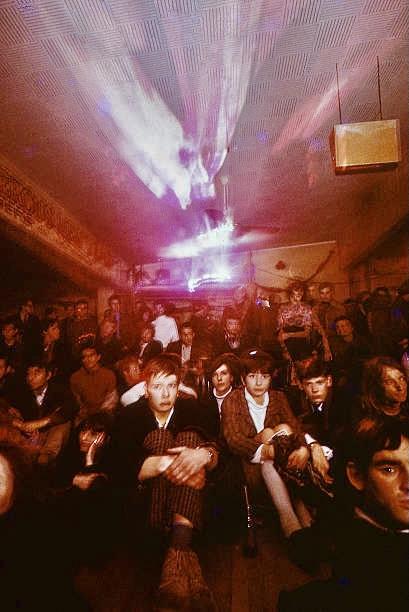
Syd was highly creative lyricist and songwriter. He wrote all the songs for ‘The Piper at the Gates of Dawn’, except one, played lead guitar and was lead vocalist.
Although his legacy was as a songwriter. Syd
was considered an innovative guitarist that used unconventional creative techniques and was a fine lead instrumentalist. When Peter King, one of Pink Floyd’s managers at that
time was asked to describe Syd. He said, “Syd was the absolute heart of the band, he wrote the songs. He was the lead singer, the lead guitarist, the most handsome, the one who everyone wanted. Syd was the one everyone wanted to interview. If you wanted to interview Pink Floyd back then, you had wanted to speak to Syd”.
Farewell to the band
Syd would also make some mostly uncredited contributions to Pink Floyd album “A Saucerful of Secrets”. He also wrote several other songs that would only be released years later. The one song credited to Syd on the album was his final goodbye. The song ‘Jugband Blues’.
Richard Wright provided a dreamy keyboard tapestry to Pink Floyd’s sound, in edition to adding supporting vocals and the musical arrangements. Pink Floyd would of never been Pink Floyd without him. Richard’s continued contributions to Pink Floyd’s catalog would cumulate on Pink Floyd’s album, Dark Side of the Moon album, where he would co-write half the songs for the album, and later co-write two of Pink Floyd’s biggest post Syd Barrett era hits, ‘Shine On You Crazy Diamond’ and ‘Wish You Were Here’. Then later he would contribute to the post Roger Water’s Pink Floyd, by writing or co-writing several songs on Division Bell and the Endless River.
Nick Mason the perfect drummer for the band
Nick Mason was perfect drummer for Pink Floyd. He wasn’t a prodigy, but had a good touch, was inventive, steady and reliable, and played exactly what was required to provide a good foundation for Pink Floyd’s music, always taking care not to overshadow the band. Roger Waters known as a great composer was also really something special as a bass player. He’s an adventurous, plays with a pick, and has an astute sense of timing. Roger would become one of the most influential musical recording artists in the history of rock music. However his success and some of his greatest achievements were not his own only, but were also due to the help from the three musicians that surrounded him in Pink Floyd.
Pink Floyd performing at the UFO Club
Pink Floyd would appear at the UFO Club
ten times, before the UFO Club would depart 31 Tottenham Court. To relocate to the Roundhouse, a larger hall which also was located in London. The following is a list of Pink Floyd’s appearances at the UFO Club and what is known of them.
December 23rd. Pink Floyd performed along with opening act, The Soft Machine. December 30th, Pink Floyd and the Soft Machine made their second appearance the following Friday. Along with an Andy Warhol movie. But the big news that night was the toast of London’s rock scene, Jimi Hendrix showing up to see the Soft Machine play, and would join them onstage to jam.
January 13 – Pink Floyd were supported that night by The Giant Sun Trolley. While film maker, Peter Whitehead recorded the performances. Some of which appeared in the video/dvd release Pink Floyd- London 1966-1967.
January, 20th – Pink Floyd’s performance was filmed by Grenada TV, for the ‘Underground Scene’ documentary. 5 January 27th – Pink Floyd, the improvisation band AMM , Aerogenius Chapter 2 , and a Bruce Conner movie.
February 24th – Pink Floyd, supported by the Brothers Grimm.
March 3rd – Pink Floyd and the Soft Machine
March 10th – Pink Floyd and the premier showing of the single, Arnold Layne’s promo film.
June 2nd – Pink Floyd played the UFO that night as part of a fundraising for the clubs co-founder Joe ‘Hoppy’ Hopkins after his arrest for drug possession.
July 28th – Pink Floyd were accompanied that night by Fairport Convention with Judy Dyble performing two sets.
Tottenham Court Location and other groups
Numerous other groups performed at the UFO Club at Tottenham Court. It’s success at the Tottenham location would end up being its downfall, being that the club wasn’t large enough to accommodate its growing customer base. Most nights the club would host a big name act, they were lucky to break even, but usually ended up losing money. Among some of the high points at the Tottenham location, were Procol Harum, who’s song “A Whiter Shade of Pale”, sat atop the record charts at number one, at the time they performed at the UFO Club.
UFO Club and the Jimi Hendrix Experience
The Jimi Hendrix Experience performance at the UFO Club on February 19, 1967, was certainly a high point for the club, and so was April 28, 1967, when Jimi the toast of London, stepped out of the crowd to jam on bass with the band Tomorrow. Among the other notable bands who appeared at the Tottenham Court, UFO Club location were: The Incredible String Band, The Crazy World of Arthur Brown, The Pretty Things, Family , Eric Burdon and the Animals Fairport Convention, The Smoke, The Move and many others. Soon after their run at the UFO Club’s 31 Tottenham Court location, Pink Floyd and Syd would go their separate ways but that’s a story for another day.



